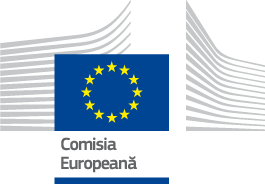

FLAG Factsheet
The Åland Islands is an autonomous Swedish-speaking region of Finland which forms an archipelago in the Baltic Sea at the mouth of the Gulf of Bothnia between eastern Sweden and south western Finland. There are over 6 500 skerries and islands which make up the Åland Islands. Commercial fishery targets freshwater species with gillnet and fish trap in the brackish waters, in particular Perch-pike, European whitefish, Perch, Pike, sold primarily in mainland Finland.
The main challenge faced by Åland Islands is the profitability of the fisheries sector, linked to cost of logistics, price competition from other countries, export embargos and large ferries destroying fishing areas.
Åland has 87 Natura 2000 areas (57 already set, 30 in progress), 3 472 ha land and 35 000 ha water (2% of land area).
The FLAG strategy is set to increase the attractivity of the area to encourage more people to come, live and settle in Åland by improving the aquatic environment in the Baltic Sea, expanding cooperation between all stakeholders and supporting entrepreneurship in fishing tourism.
Called “Sustainable Fishing Åland”, the 2014-2020 FLAG strategy is three-pronged:
Regional
Project applications can be submitted on an on-going basis. Selection takes place twice a year: in April and September.
The FLAG is involved in transnational cooperation on seal and cormorant issues with FLAGs from Estonia, Finland and Sweden.
The FLAG covers the same area as the LAG, with which it has a common local development strategy, shares its legal structure and offices and exchanges information daily.
The FLAG brings together representatives of the archipelago municipalities, fisheries sector and environment protection associations.